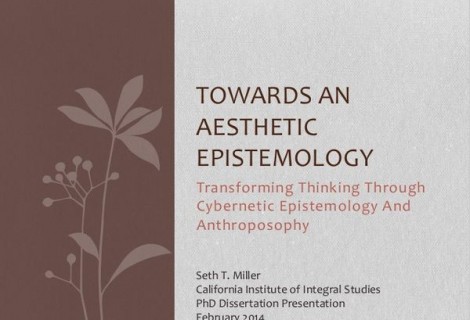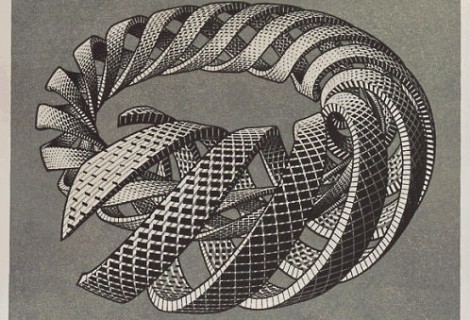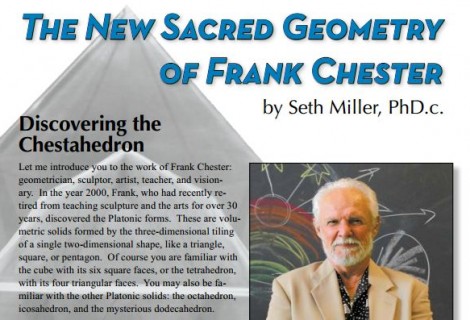An Esoteric Guide to Spencer Brown’s Laws of Form #5
« Previous Page | 1 2 3 4 5 | View All | Next Page »
LoF p. 76
- In this conception a distinction drawn in any space is a mark distinguishing the space. Equally and conversely, any mark in a space draws a distinction.
Esoterically, one cannot not act. In other words the fact that “one” is “one” implies already the distinction of “one”. It is not possible to remove “one” from “one cannot not act”; conversely, all action thus implies “one”, i.e. the actor, which is exactly why GSB says immediately following this that:
LoF p. 76
- We see now that the first distinction, the mark, and the observer are not only interchangeable, but, in the form, identical.
This should be quite clear now, and is one of the keys to the esoteric meaning of LoF. GSB essentially shows us, in his own way, that at their roots, epistemology and ontology form a unity. The operation of the mark is simultaneously the mark of the observer and is the observer. The mark as an epistemological act is also the bringing forth of an ontology. Conversely, and following form the last remark, there is no observer that does not make a mark, a mark which is coincident with — nay, even, as GSB indicates, identical with — the ontology of the observer.
Said more plainly:
–What you distinguish constitutes what you know.
–What you distinguish constitutes what you are.
Or, more cryptically poetic:
–You are what you know when you know what you are.
This has profound consequences. Because ontology and epistemology are recursively linked at their very base, it means that knowing is always linked to being, and that we can know being, because we are being knowing.
This relation, which is esoteric at heart, banishes the specter of Kant’s noumenal world: there is no being, no ontology, which is without its epistemology. This is to say that there is no “thing in itself” (every mark has a definite value for its space, which is always beyond the mark, and implicated by it, i.e. the fact of the mark implies the fact of the unmarked mark), and likewise there is no “think in itself” (every mark is a mark in a space that is marked, i.e. the content of the mark is what is marked).





